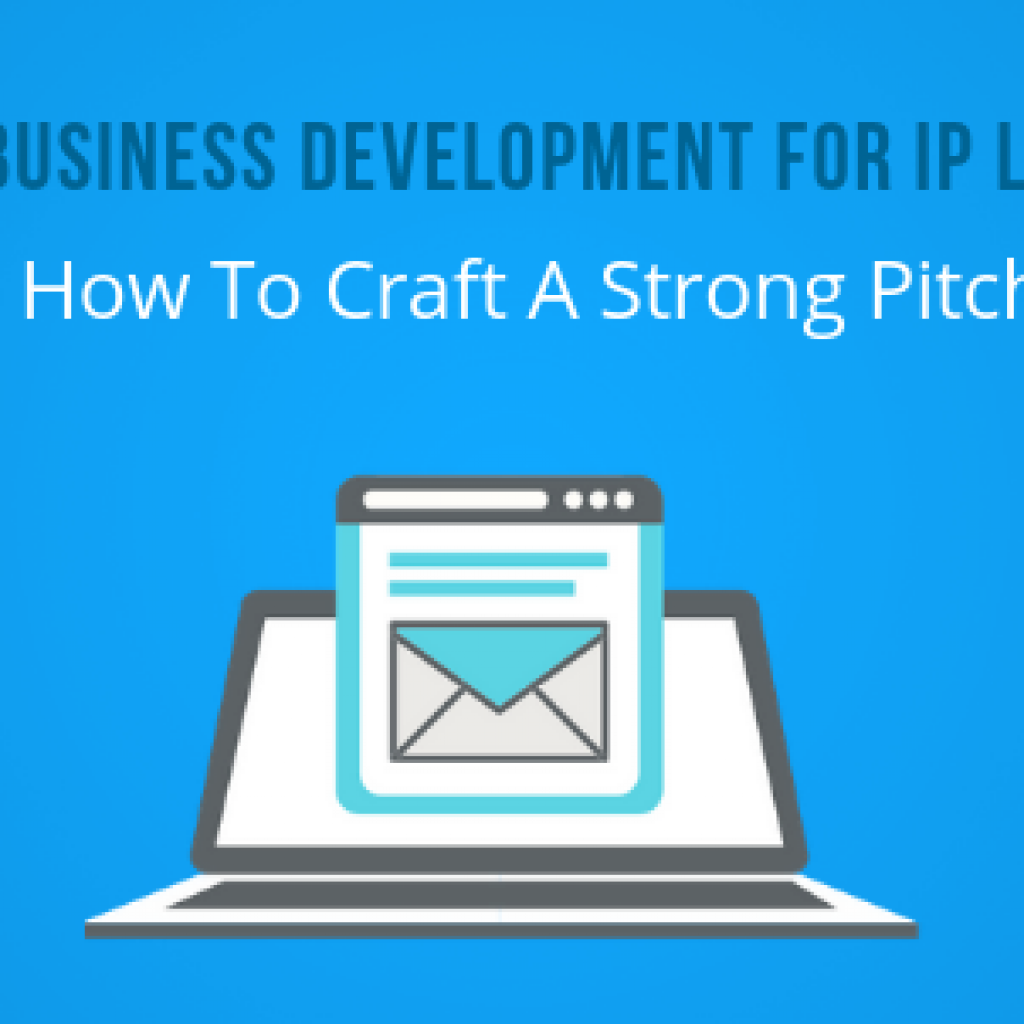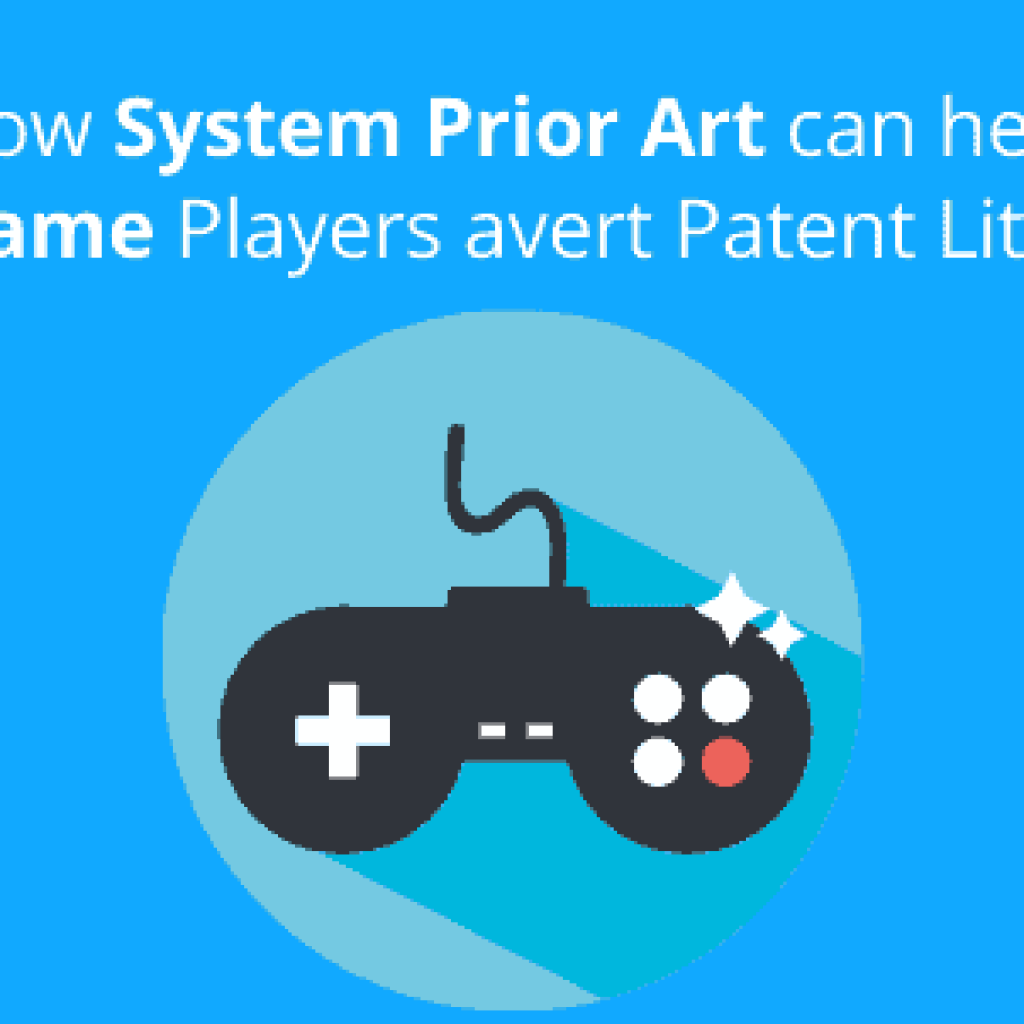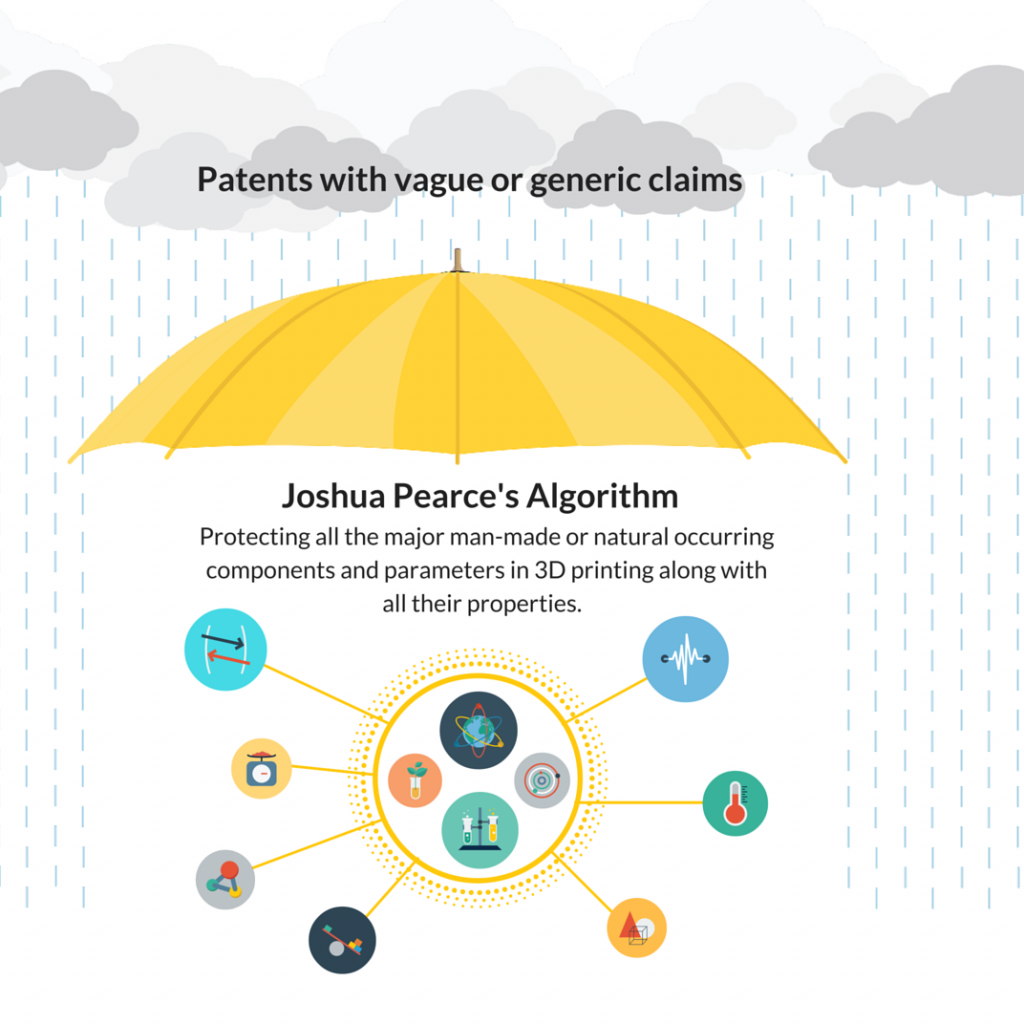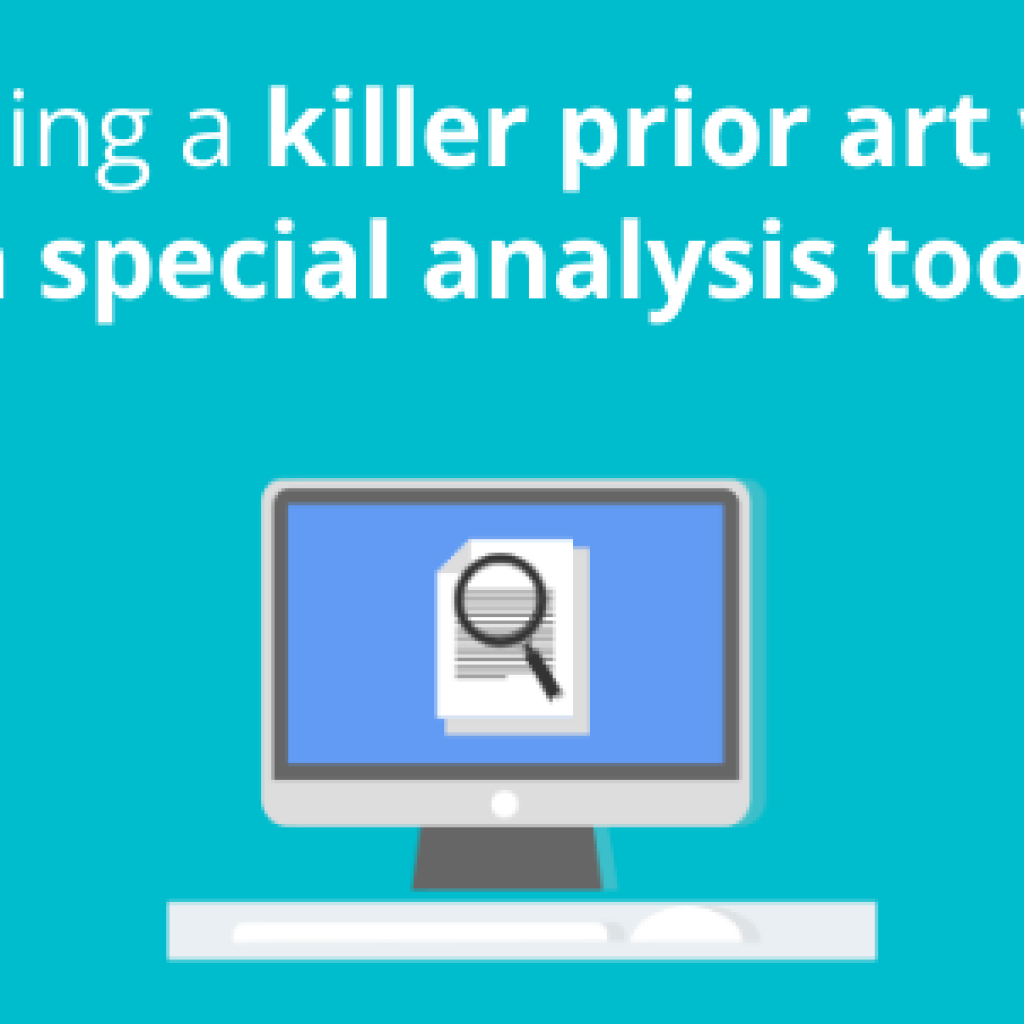The purpose of a patent validity search is to validate the enforceability of claims of a patent. If you a plaintiff, a patent validity search will help you know if your patent is going to survive in a courtroom or not. If you are a defender, a patent invalidity search may help you invalidate one or multiple claims of a patent.
The process of conducting patent validity and invalidity searches remains the same. It is your objective which differs. For example, you might have your own good reason for getting this search conducted – Maybe you want to commercialize (sell/license) the patent in hand and want to ensure the enforceability of its claims. Or you would want to assert it against a party and want to be certain that the patent is strong enough to withstand any attack on validity.
The point is you have a clear reason in mind. Further, you have finalized a patent search firm to conduct the search as well. If you want to be smart in the selection of a firm, here is a strategic approach: Outsourcing Decision Matrix to select a better search firm.
What do you expect now is relevant results that help you achieve your end objective. Selecting a firm and sharing a patent with them isn’t going to help you achieve your objective, however. In the last six years, I conducted more than 1000 patent searches where few went south due to a client not sharing information during the beginning of a search. The outcomes would be different if they would have.
The only real mistake is the one from which we learn nothing.
-John Powell
On the basis of my experience, I’ve created a list of seven pointers that you must share with a patent search firm to get the results you were hoping for. Let’s have a brief look at them (Click on any of the pointers to jump to the full description).
Objective of the Validity search
We understand that your objective of the validity search is not always to invalidate one or more claims of a patent, sometimes it is to validate the enforcement of patented claims or sometimes it is for acquiring some patents related to the underlying patent.
Giving some background helps the searcher understand the importance of the search, and also enables us to provide you with a more customized output as per the requirements.
Claims to be focused on
A lot of time if no claims are shared, the searcher picks the broadest independent claim. In a few cases, the broadest claim may not be the one that was used by the plaintiff against your client.
For instance, we faced this situation recently when the client did not share the claims that needed to be focused on during the validity search. Resultantly, we picked the broadest independent claim and began to search prior art for the same. During the first interim update, when we conveyed the same to the client and presented results we found, the client made clear that it was the other independent claim we should have been searching prior art for.
Though some time was lost on the project since that piece of information was not communicated, it was not too late. Fortunately for the client, we were able to find prior art, but none of it was strong enough to challenge the validity of the patent. The client’s patent survived all tests of validity and they were able to license the patent successfully.
Scope of Claim terms
On the same line, if you have any special interpretation for any claim element or maybe you want to restrict or broaden the scope of some of the claim terms, it is always best to let the searcher know.
This would help to produce output more along the lines of your requirements.
Known prior art/Leads
If you are aware of the existence of some prior art/lead already, it makes much sense to inform the searcher about the same. In that way, it saves time as the searcher would not have to spend time finding the same and can get the search started over and above what is already known.
This tactic also has another advantage. In our experience, there have been numerous instances where we were able to find some really amazing prior art just by checking the citations of already known prior art or references. Notifying the searcher about known prior art is always a great move, as it saves time, resources, and helps find prior art quickly.
Combinational Art
This is one important aspect that needs to be shared with the searcher or the consultancy beforehand — how you need the prior art.
For instance, if the search team is not able to identify X category result (in case of US patents – 102 prior-art), would it be okay with you to have arts that can be combined to form a case.
This is an important detail that should be communicated in the beginning, as needs vary based on the type of case/project. You would not want to end up with multiple arts on the last day when all you needed was an X category result.
Your level of engagement
Do you require interim updates or you want to have a look when the search team has identified the result? There are few people who like to get involved in the search strategy and want to give inputs.
If that’s the case, ask the search team to share the strategies with you even if they have not found the result. But if you have less time, then this can just increase more emails in your inbox. The schedule calls instead, where the search team can take you through their findings.
Whatever level of engagement you desire, it’s best when the search team is informed prior to the same. In that way, you could always stay updated with the search.
Report Format
We came across a client who was doing a lot of work at his side after receiving our report. We happened to figure out that it was very easy for us to prepare the same things that he was doing at his side. We were anyway doing the mapping and just changing few things in the format of mapping would have significantly reduced the time at his end.
When we conveyed the same to him, his reaction was “Really, you can do that? You had no idea how much time it was taking at my end to do this.”
No wonder, every other project that we received from their end after that instance, we presented the report in the format they requested.
On the other hand, we observe few clients, who prefer preparing the report at their end as it helps them to understand the in-out of the results shared.
In any case, if you have any specific format for the report and you want to expedite the process of preparing the report, then do share the format with your searcher. Customization based on the client’s needs is not merely a sales copy, but an innate reality at most consultancies. All you need to do is Ask.
Conclusion
We have listed some of the pointers that you should share with the searcher before getting started on a validity search. Sharing these details with the searcher would ensure an efficient search and outputs requisite to your desire.
Having said that, this list is by no means exhaustive and there’s a lot more to it. In case you’d like to be informed of the other pointers subscribe to our blog to be notified on our upcoming post on the detailed list of pointers one should share with the searcher for a comprehensive and efficient search.
Authored by: Nikhil Gupta, Manager, Patent Search.
















